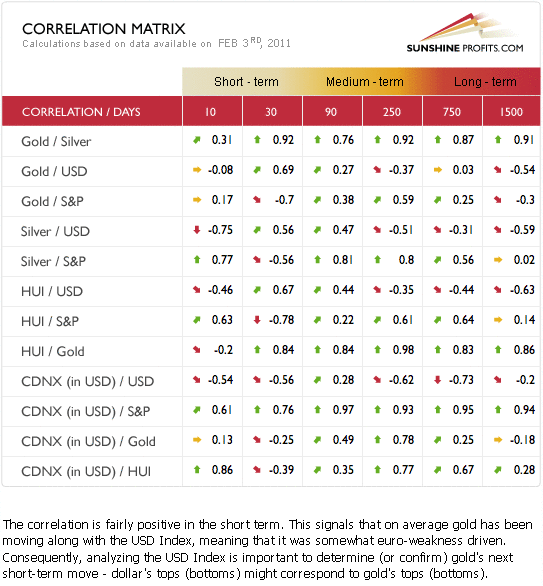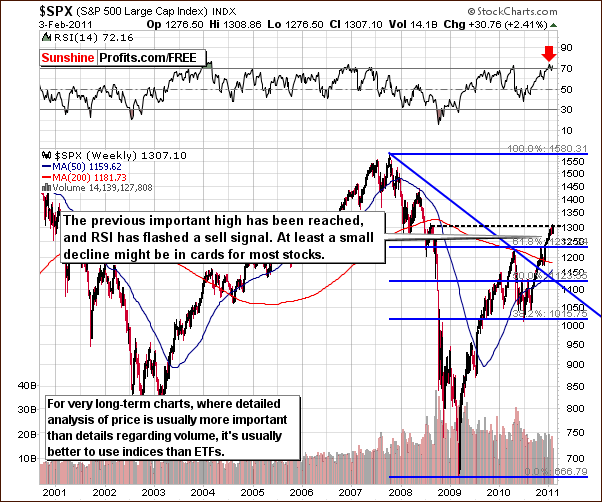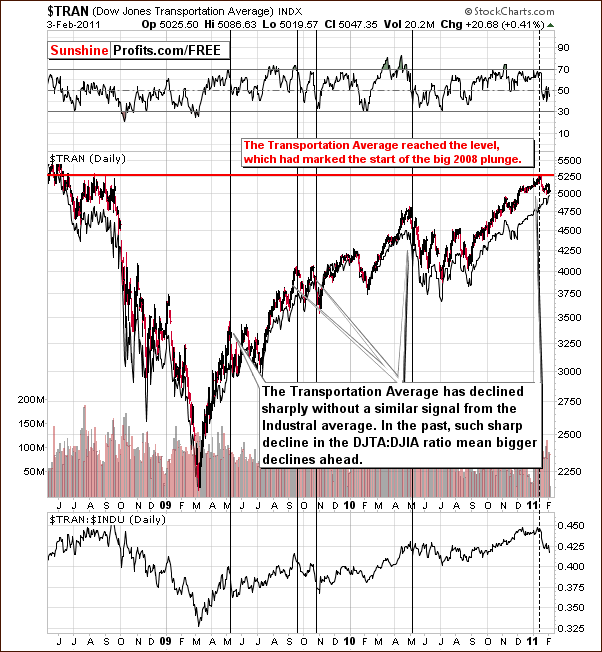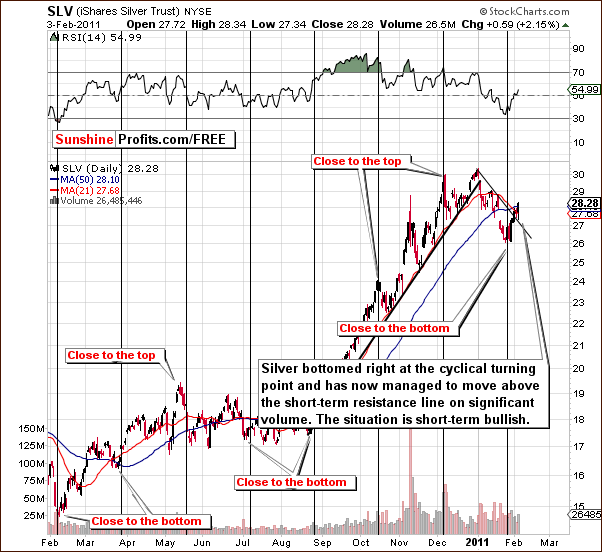Gold May Outshine Silver In The Medium Term
Political as well as economical developments around the globe, especially in the Middle East, have affected the commodity markets during the previous week. Notwithstanding the uncertainty associated with the social illness, a strong demand has supported the precious metals. Talking about the reasons, Chinese New Year celebrations top the discussions. The growth in demand is being attributed in part to Chinese families giving each other gifts of gold instead of traditional red envelopes filled with cash. Fears of inflation have also driven demand for gold.
This year China pulled a rabbit out of the hat and China's gold imports are estimated to have more than doubled from a year ago in the run-up to Chinese New Year. This means that China is on track to overtake India as the world's largest consumer of the yellow metal. China consumes about 527 tons of gold a year, according to the World Gold Council, an industry body representing gold miners. Traders say China will overtake India as the largest consumer of gold this year. The Indian festival of Diwali was once the key driver of seasonal demand patterns because of the large number of weddings taking place during the holidays. But Now Chinese New Year is starting to have a bigger impact.
Ongoing demand surge from China could support the precious metals market significantly in the short-term. Precious metals traders in London and Hong Kong said this week in a Financial Times article that they were stunned by the strength of Chinese buying in the past month. "The demand is unbelievable. The size of the orders is enormous," said one senior banker, who estimated that China had imported about 200 tons in three months. (Just to keep things in perspective, it made headline news around the world when India bought 200 tons of gold from the IMF in November 2009.). There is so much demand that prices for physical gold in Shanghai have been at a premium of about $20 per troy ounce over those in London.
As per the current fundamentals influencing gold price movement, the long-term suggestion would be a definite 'buy'. Moreover, on Jan 25th, 2010, we wrote that we think that speculative capital should be used to bet on higher prices of precious metals in the short run, and we did not change our bullish outlook since that time. However, technical analysis indicates a relative strength in gold movements over silver in the medium-term. To tell you how gold and silver might perform in the near future let's begin this week's technical part with the Correlation Matrix.

We see a relatively strong positive relationship between the precious metals sector and the dollar in the short term (30-day column). In other words, we have a numerical representation of what we mentioned to our Subscribers earlier - namely that the USD Index currently moves along with metals and consequently the fact that USD is likely to rally from here is not necessarily bearish for gold, silver and mining stocks.
There is also a quite interesting phenomenon in the 90-day column, as all assets appear to be positively correlated with each other. Still, there are only a few cases where the strength of the correlation is significant, and that is silver vs. stocks, gold stocks vs. gold, and juniors vs. stocks. While the gold stocks and gold virtually have to be highly correlated (gold mining companies' profits depend on the price of gold), the other two pairs provide us with important insight.
Silver is historically more correlated with stocks than is gold. The implication is that a correction in the general stock market would likely have a greater impact on silver - after all silver, besides being a precious metal, is also a vital industrial metal. A comparison of general stock market moves with silver underscores the analysis based on the correlation analysis. We will start with the short-term chart (charts courtesy by http://stockcharts.com).

Although there has been a great deal of volatility in the general stock market recently and multiple back and forth movements in closing price levels were seen on daily basis, there is no change seen from the long-term perspective. The overbought situation as indicated by RSI levels continues to be prevalent. Additionally, the general stock market is close to the level of a previous important high seen in 2008. This is as a result of a big and significant rally, which began in mid-2010. Since that time, the rally was paused only one time, and the pause itself was rather insignificant from the long-term point of view.

The Dow Jones Transportation Average Index this week reveals some important developments. There has been a great divergence between the transportation sector and the industrials and the transportation:industrial ratio has therefore declined significantly. It has moved down about 5% since the first day of the year and is now below 0.425. Declines of this type are normally followed by significant declines in the industrials and in the general stock market overall. Consequently, the situation is still bearish from the medium-term point of view.
As of today, stocks moved slightly above their August 2011 high, however the breakout has not yet been confirmed, so the situation remains tense.
It is likely that declines back to the highs seen in 2010 will be seen eventually though it may take several weeks to get there. Unless the recent move above August 2011 high is verified, a decline in the market is likely to follow. This development could have a negative impact on the precious metals and especially on silver in the medium-term.
Overall, the sentiment for stocks continues to be bearish for the medium-term and a move to 2010 high is still probable.
Let us have a look into the iShares Silver Trust (SLV) ETF movements in the recent weeks.

In this week's short-term chart, we see silver's recent breakout. The resistance line formed from previous intra-day highs has been broken and this followed a local bottom which took place right at the cyclical turning point.
Beyond the short-term, however, the picture is not so rosy for the white metal. The risk of a large correction in the general stock market makes medium-term silver investments much riskier than those in gold since silver is historically more correlated with stocks than gold is. For now, the risk-reward ratio for gold is simply better than that for silver right now in the medium term. This may change in the following days, if the breakout in stocks is confirmed. However, that was not the case yet.
Summing up, the outlook is bullish short-term for the white metal as is the case for gold. Higher prices in the short-term appear quite probable, however if a lot of your long-term capital is currently invested in silver, we suggest paying close attention to what happens in the main stock indices in the following days.
To make sure that you are notified once the new features are implemented, and get immediate access to my free thoughts on the market, including information not available publicly, I urge you to sign up for my free e-mail list. Sign up today and you'll also get free, 7-day access to the Premium Sections on my website, including valuable tools and charts dedicated to serious PM Investors and Speculators. It's free and you may unsubscribe at any time.
Thank you for reading. Have a great and profitable week!








